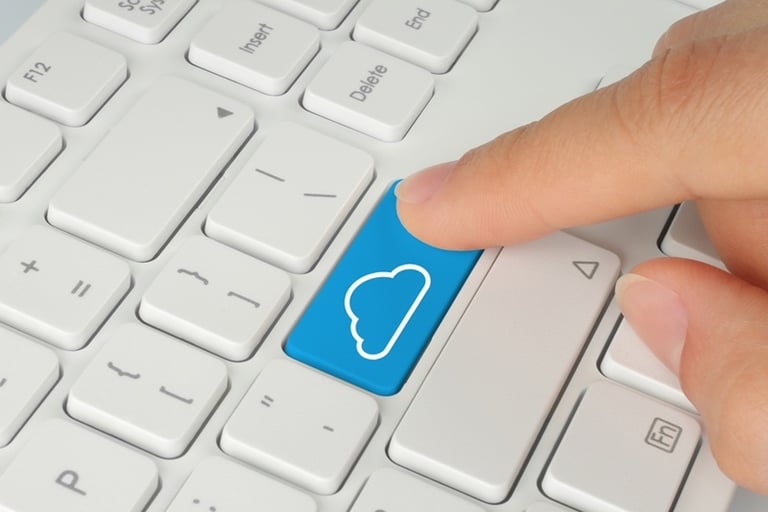Do you buy a cup of coffee every morning? Even if you don't, this immensely popular habit (the number of regular coffee drinkers in the U.S. is equal to nearly half the country's population, or 150 million people) is a prime example of how small costs, whether personal or business-related, can add up over time without really calling much attention to themselves. This, of course, doesn't make them any less costly in the end.
The average cup of espresso or drip coffee in the U.S. runs about $3, according to E-Imports. Already, that makes the everyday coffee grind a roughly $1,100 expense per year (multiplying that price by 365). Maybe that doesn't sound like much when stretched over 365 days, but it's helpful to think about what else could be purchased if you were to instead save money and make your own joe.
For example: An interactive "coffee cost calculator" from USA Today estimated that foregoing a trip to Starbucks each day for two and a half months would free up enough cash to buy a main-level ticket to a baseball game at Yankee Stadium. Ditching the same routine for 143 days would actually leave you with enough money to purchase a new iPad mini.
Common grounds: Why long-term coffee expenses and legacy accounting tools are similar
Frequent coffee purchases are hardly the main financial drag on today's SMBs. However, these businesses do face similar challenges in the "drip, drip, drip" costs of relying extensively on limited tools such as QuickBooks and spreadsheets to handle their everyday budgeting, forecasting and other financial tasks.
In the moment, performing a data duplication operation to yet another Microsoft Excel cell probably doesn't seem like an expensive activity - just a tedious one. It can take its toll on the company's top and bottom lines, though:
- Mission-critical financial data and documents become difficult to consolidate into one easy-to-use system.
- An Excel-based revenue recognition system does not scale well to accommodate company growth.
- QuickBooks does not provide the precise, department-level reporting that growing SMBs need.
- Purchase requisition approvals can take up to a week to complete, due to reliance on manual processes.
- Likewise, entire days may be lost each month to time-consuming reconciliation tasks done by hand.
- Up-to-date or real-time data is not available to all team members, meaning that they may delay their spend or even overspend.
Added together, these setbacks can sport an eye-popping price tag, far beyond what we touched upon earlier regarding a year's worth of coffee. Healthcare provider Evariant, which switched from a QuickBooks- and Excel-oriented financial system to cloud solution Intacct, saved approximately $75,000 by making this transition to more modern tools. The shift helped the company shed many of the auditing and consulting costs that had previously been necessary to cover the shortcomings of its mostly manual processes. Evariant also shaved 20 days off its days sales outstanding/DSO thanks to new efficiencies in accounts receivable.
"The church's finance team had once spent 40 percent of its time simply entering data."
The Faith Promise Church of Knoxville, Tennessee, also saw a huge reduction in its accounting expenses by abandoning its slow and old-fashioned approach to budgeting, revenue recognition and reconciliation. It saved around $85,000 yearly on salaries and benefits as a result of using cloud budgeting and forecasting software to handle bookkeeping tasks.
Before that, the church's finance team had spent 40 percent of its time entering data. By cutting that down to 5 percent, its members had much more time to devote to tasks in areas such as IT, facilities management and legal. Having a highly automated, easily scalable cloud financial solution meant that they could capitalize on this flexibility even as the organization grew and saw its finances become more complex.
How cloud software curbs expenses and inefficiencies in the long run
Going back to our original coffee example, the cost-effective alternative to buying a cup each day is to brew your own at home or in the office. Basically, it pays to take direct control over the process. With financial software, almost the opposite is true.

Cloud financial software brings push-button convenience to previously tedious tasks.
Instead of constantly wrangling with your own IT infrastructures, licenses and manual processes, you can often save a lot of time and money by instead allowing a cloud service provider to assume responsibility for rote tasks such as server maintenance and security updates. The software-as-a-service model immediately cuts through the complexity of traditional purchasing, deployment and upkeep and packages its expenses into a convenient monthly subscription.
The benefits don't end there. Once something like cloud ERP software becomes a fixture of your processes, its advantages can take many forms, including:
- Numerous integrations with popular applications such as Salesforce, allowing for automated handling of orders and the creation of an easy-to-follow audit trail.
- Standard and custom report generation, as well as dashboard options, that make it intuitive for technical and nontechnical users alike.
- Less downtime due to unforeseen incidents or maintenance, which means it is easier to focus on analyzing financial data and making well-informed decisions for the company.
Cloud financial software is the gift that keeps on giving. Just as something like a home coffee maker can continually justify its cost by saving money that would have otherwise gone toward outside purchases, SaaS can keep chipping away the incidental costs and wasted minutes of traditional accounting. It's easier to purchase, set up, maintain and use. With tens of thousands of dollars or more on the table, the time to think about a switch to cloud is today.